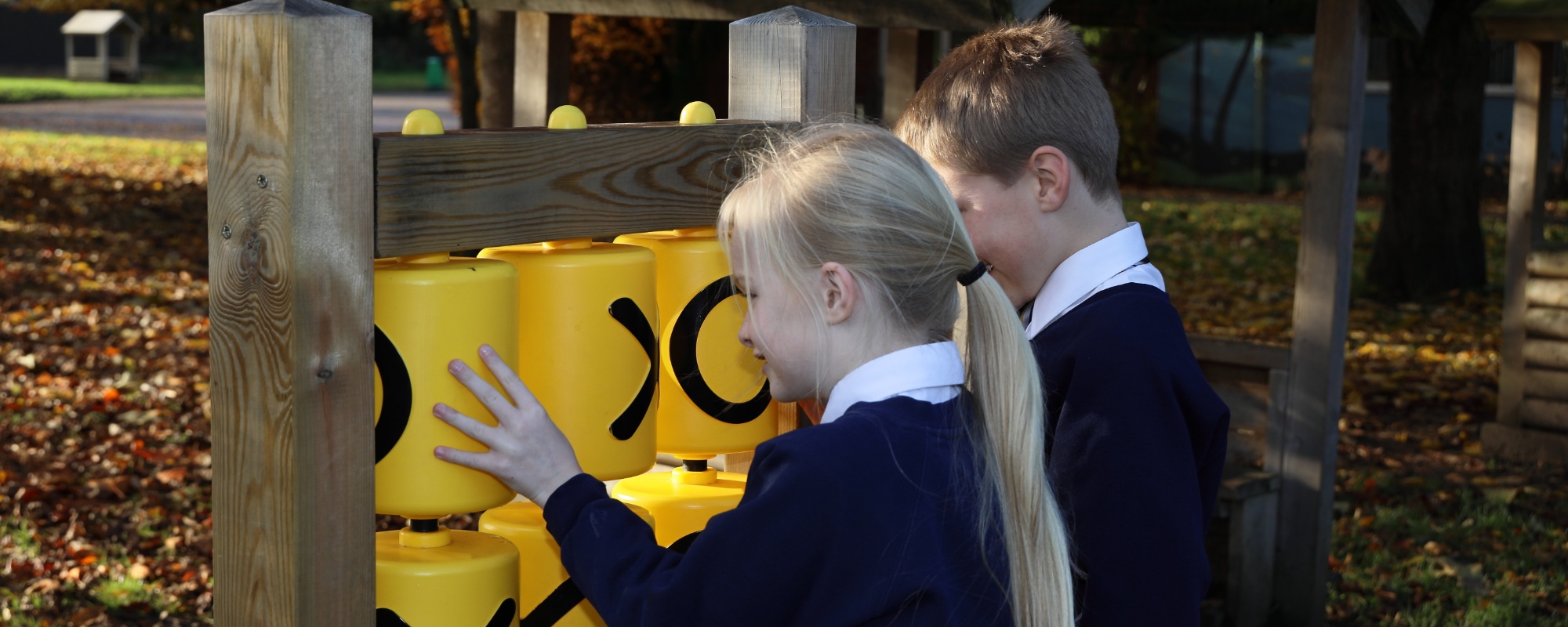Design Technology
Intent:
Design Technology (DT) is a discipline that requires innovation, creativity and problem solving skills. At Manorcroft, we foster this by carefully sequencing learning opportunities that promote pupils’ critical understanding of past and present technological advances. Pupils are taught to develop their problem solving skills, individually and as a team, within a range of situations, understanding the impact of their designs in real-life contexts. Within the study of DT, children are supported in evaluating designs and products, whilst reflecting on their own and other’s needs. We encourage our children to think creatively, take risks and make links with other disciplines, such as Maths, Science, Art and Computing, giving them a greater depth of understanding on how DT relates to the wider world.
Implementation:
One of the ways in which we ensure high standards in the learning and teaching of DT is through the development and implementation of our progression of skills overview, based on the knowledge and skills set out in the National Curriculum 2014 as well as the Early Years Framework 2021.
Children begin their learning in Early Years. Teachers provide learning opportunities such as small and large construction, junk modelling as well as simple planning and evaluating. In KS1 and KS2, pupils are taught to design, make and evaluate, whilst also applying technical knowledge to make an effective product. Children cover the following technical knowledge:
- KS1: structures, mechanisms, cooking and nutrition
- KS2: structures, mechanisms, electricity, controlling products, cooking and nutrition
Across the school, teachers carefully plan and teach skills in an order which allows meaningful links to be made - pupils have the opportunity to build on prior knowledge and master new skills. We use Cornerstones as a resource to facilitate the teaching of DT. Lessons are taught as part of the half-termly projects, ensuring that learning and teaching sits within meaningful and real-life contexts to support pupils’ depth of understanding in the subject. DT is also taught within and beyond the classroom as part of our commitment to outdoor learning.
Impact:
The impact of the learning and teaching of DT is continually reflected upon so that planning can be adapted to support pupils in developing their creative, technical and practical expertise. Pupils will build on their knowledge in order to design and make products for a range of users with increasing skill as they progress through the school. As part of their acquisition of new skills, children learn how to take risks, be resourceful and put their innovative ideas into practice. We ensure the pupils can evaluate their projects, reflecting on their own and others’ ideas. Our aim is for all children to take part in rich learning opportunities, enabling them to make valuable contributions to our ever-increasing technological world.

